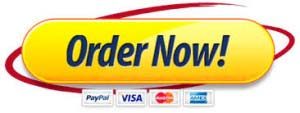Hannah Company maintains two separate accounts payable computer systems. One is known to all the users, and is used to process payments to vendors. Employees enter the vendor code, or the name and address of new vendors, the amount, the account, and so on. The other system is a secret one. It is used to cross-check the vendors against an approved vendor list. If a vendor is not listed as approved, the payment process is halted. Internal audit employees seek to verify the existence of a bona fide claim by the vendor. All inquiries are made at the top management level, and very discreetly. No one but top management, the internal audit staff, and the Board of Directors of the company is even aware of the second system. Is it ethical for a company to have a secret system like the one described? Explain.


